Order Artiodactyla Family Delphinidae Rank Species | Phylum Chordata Higher classification Orcaella | |
 | ||
Similar Orcaella, Humpback dolphin, Chilean dolphin, Clymene dolphin, Heaviside's dolphin | ||
Australian snubfin dolphins in cygnet bay
The Australian snubfin dolphin (Orcaella heinsohni) is a dolphin found off the northern coasts of Australia. It closely resembles the Irrawaddy dolphin (of the same genus, Orcaella) and was not described as a separate species until 2005. The Australian snubfin has three, while the Irrawaddy dolphin only has two colours on its skin. The skull and the fins also show minor differences between the two species.
Contents
- Australian snubfin dolphins in cygnet bay
- Australian snubfin dolphins
- Taxonomy
- Description
- Behavior
- Range and status
- Conservation
- References
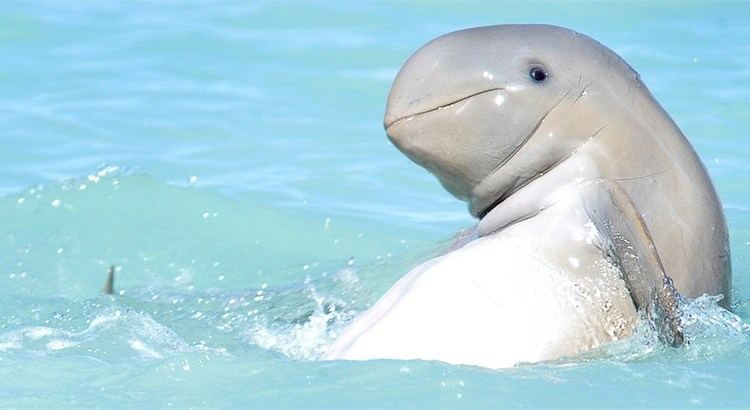
Australian snubfin dolphins
Taxonomy
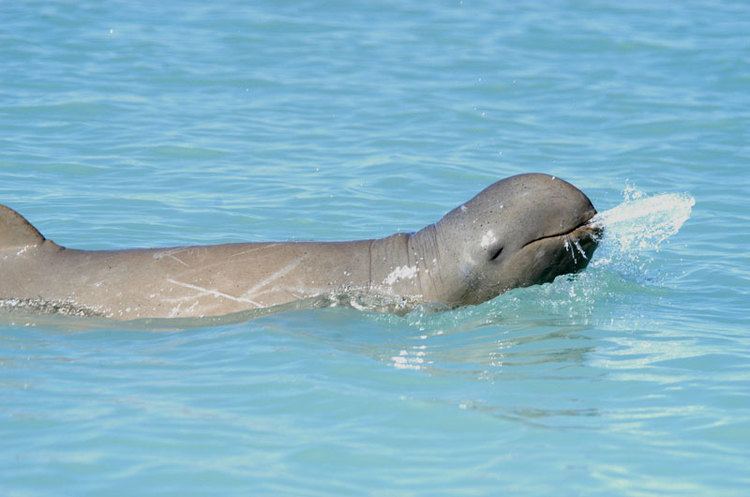
The taxonomic specific name, heinsohni, was chosen in honor of George Heinsohn, an Australian biologist who worked at James Cook University, "for his pioneering work on northeast Australian odontocetes, including the collection and initial analysis of Orcaella heinsohni specimens which form the basis for much of our knowledge of the new species".
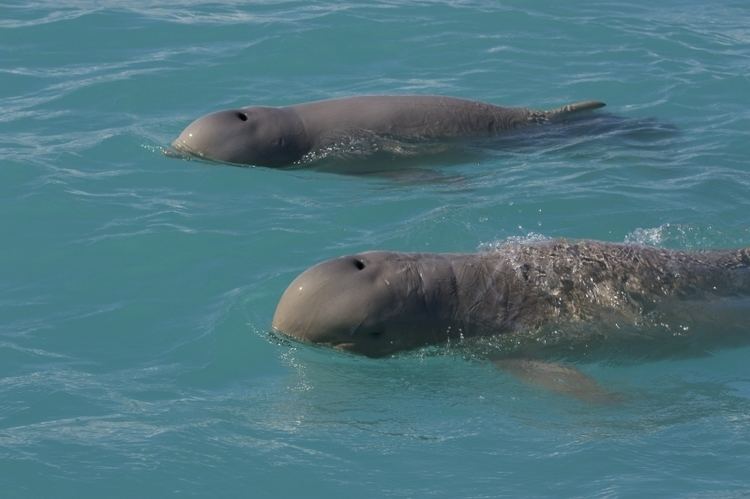
New species of large mammals are quite rarely described nowadays, and those that are usually are from remote areas — such as the saola - or are otherwise rarely encountered, see for example Perrin's beaked whale, or the spade-toothed whale, which is only known from two complete specimens and a few bones cast ashore. In fact, the Australian snubfin was the first new dolphin species to be described in 56 years, but was followed, in 2011, by the discovery and description of the Burrunan dolphin (T. australis), also from the Australian continent. The Australian snubfin dolphin is unusual among recently described mammals in that a population is accessible for scientific study.
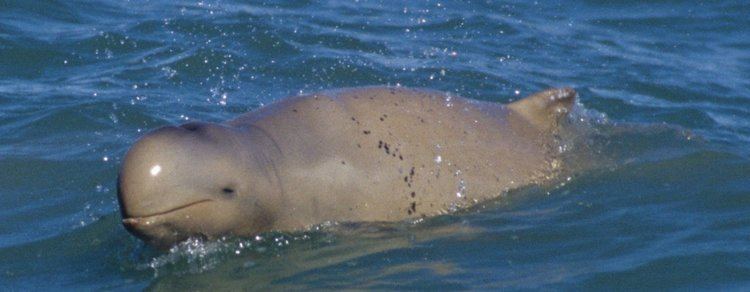
Nonetheless, the existence of snubfin dolphins in the waters of northern Australia had only become known in 1948, when a skull was found at Melville Bay (Gove Peninsula, Northern Territory). This individual apparently had been caught and eaten by aboriginals. However, the discovery remained unnoted until discussed by Johnson (1964), and soon thereafter a Dutch skipper had his observations of the then-unrecognized species published.
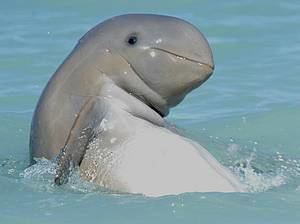
Two scientists, Isabel Beasley of James Cook University and Peter Arnold of Museum of Tropical Queensland, took DNA samples from the population of dolphins off the coast of Townsville, Queensland, and sent them to the National Oceanic and Atmospheric Administration's Southwest Fisheries Science Center in La Jolla, California. The results showed George Heinsohn was correct in his hypothesis that the Townsville population was a new species.
The holotype QM JM4721 (JUCU MM61) is the skull and some other bones of an adult male found drowned in a shark net at Horseshoe Bay, Queensland, on 21 April 1972. It was about 11 years old at the time of its death.
Description
A species of delphinid in a genus, Orcaella, which contains one other species, the Irrawaddy dolphin Orcaella brevirostris, O. heinsohni is subtly tricoloured: brownish on the top, lighter brown along the sides, and a white belly; the Irrawaddy dolphin, on the other hand, is uniformly slate grey except for the white belly. The new species has a rounded forehead, very unlike other dolphin species in Australia, and the very small, "snubby" dorsal fin distinguishes it from other dolphins in its range. The lack of a groove on each side of the back and the presence of a neck crease further distinguishes this species from its relative.
Behavior
There was an observation of snubfin dolphins displaying mating courtship between Australian humpback dolphins.
Range and status
In the Pacific Ocean off Townsville, about 200 individual snubfin dolphins were found. The range of the species is expected to extend to Papua New Guinea; that is, O. heinsohni is endemic to the northern half of the Sahul Shelf, but the majority live in Australian waters. They are not thought to be common, and are being given a high conservation priority. Its IUCN classification of "data deficient" refers to this species and the Irrawaddy dolphin combined. Threats include drowning in fishery and antishark nets; while some hunting by indigenous people probably occurs (as evidenced by the 1948 specimen), this is likely to be insignificant compared to the threat posed by drowning.
Conservation
The Australian snubfin dolphin is listed on Appendix II of the Convention on the Conservation of Migratory Species of Wild Animals (CMS). It is listed on Appendix II as it has an unfavourable conservation status or would benefit significantly from international co-operation organised by tailored agreements.
In addition, Australian snubfin dolphins are covered by Memorandum of Understanding for the Conservation of Cetaceans and Their Habitats in the Pacific Islands Region (Pacific Cetaceans MOU).
